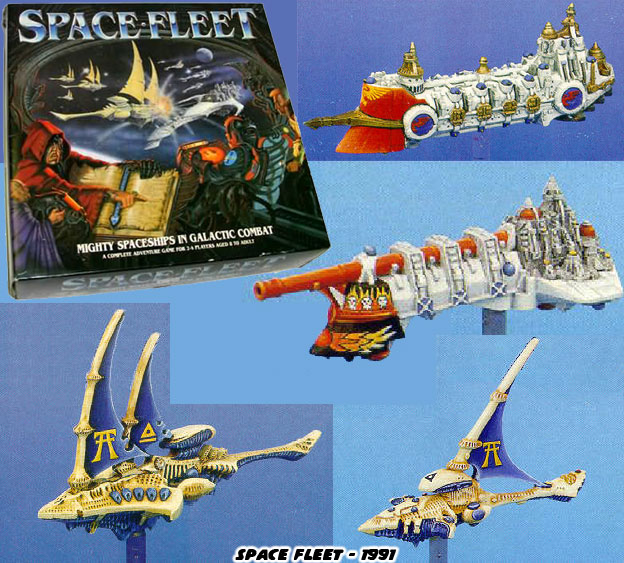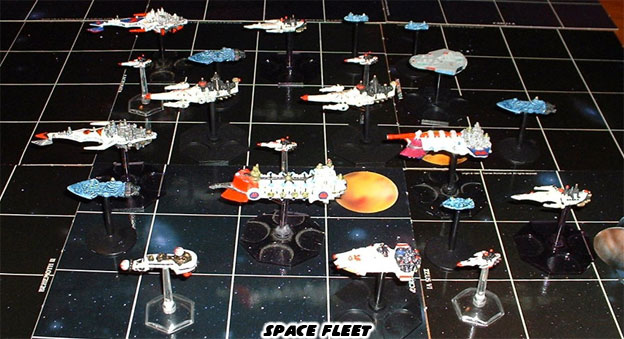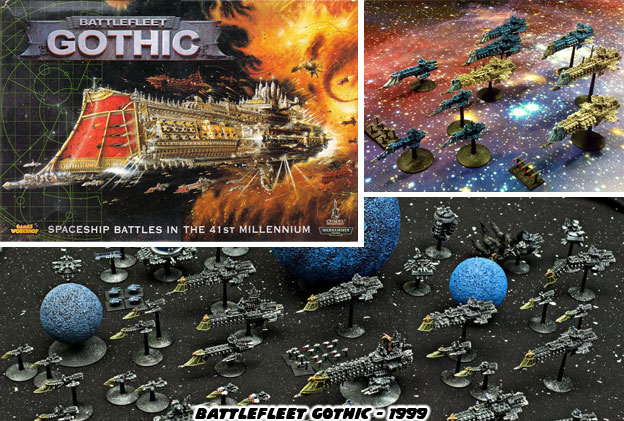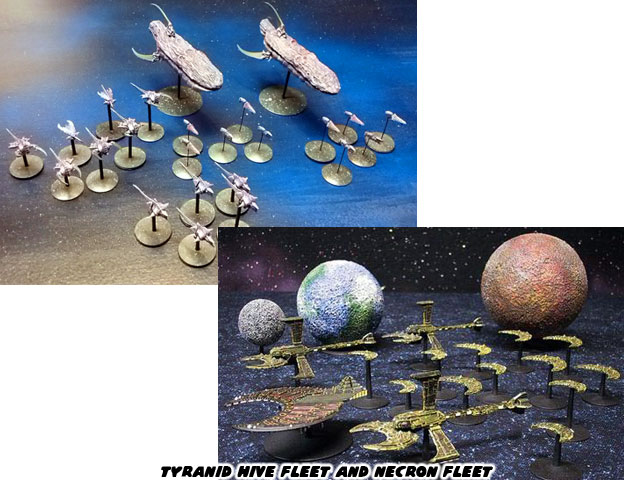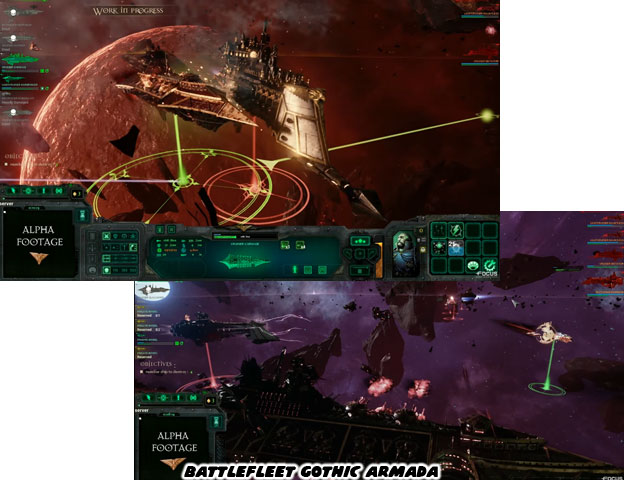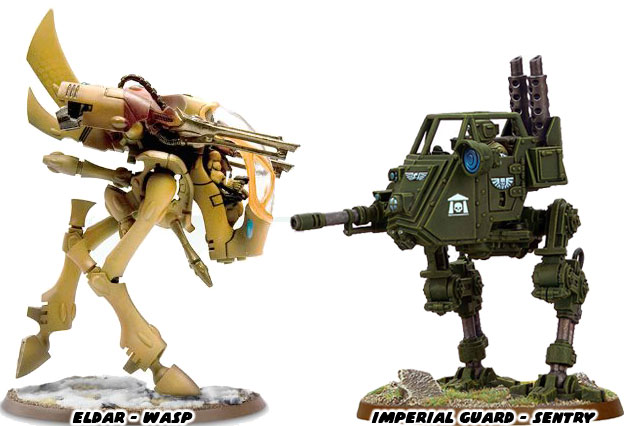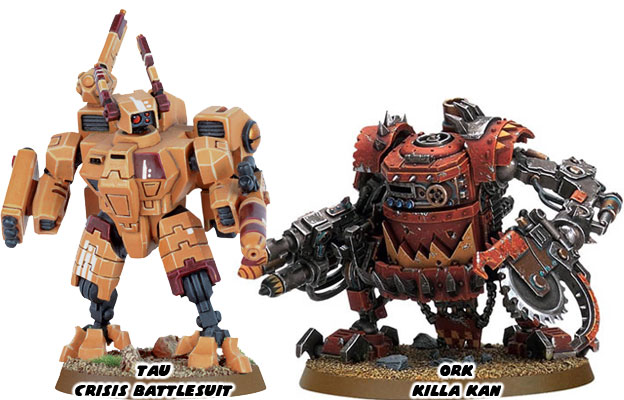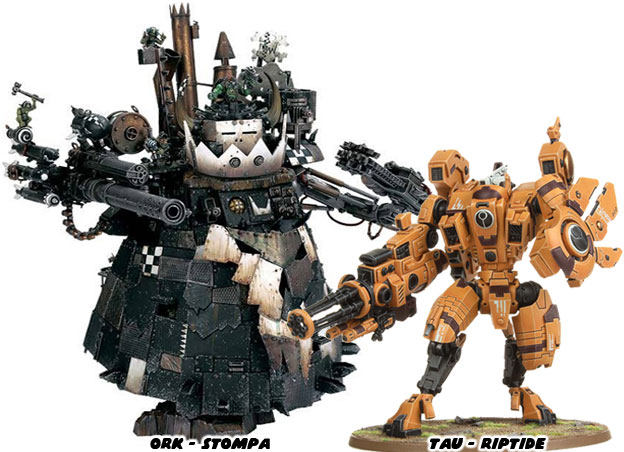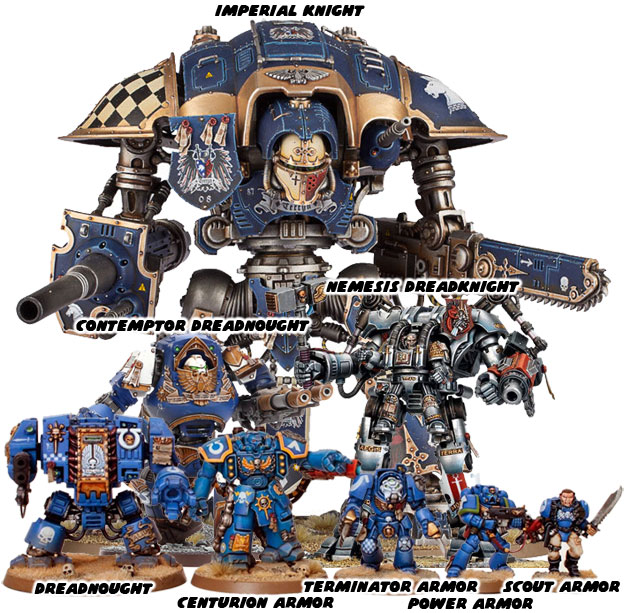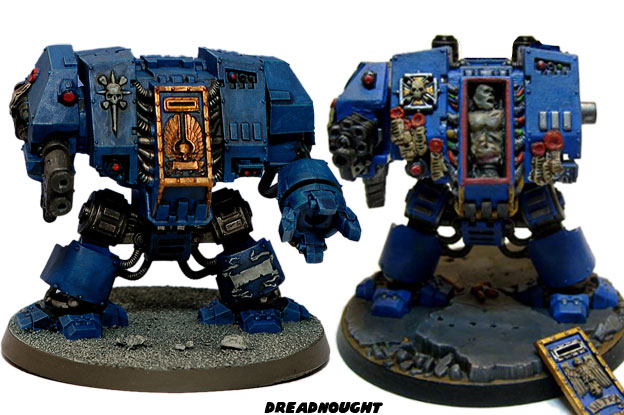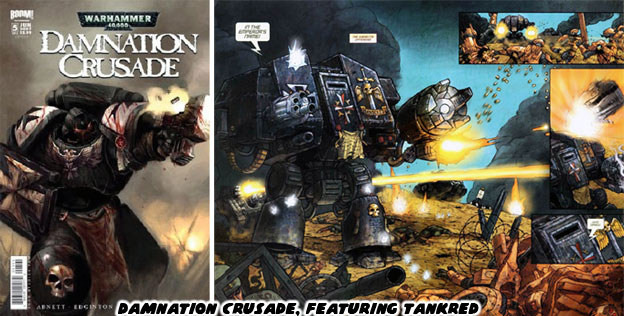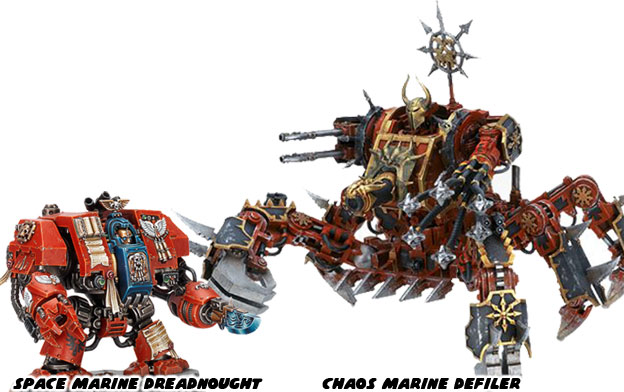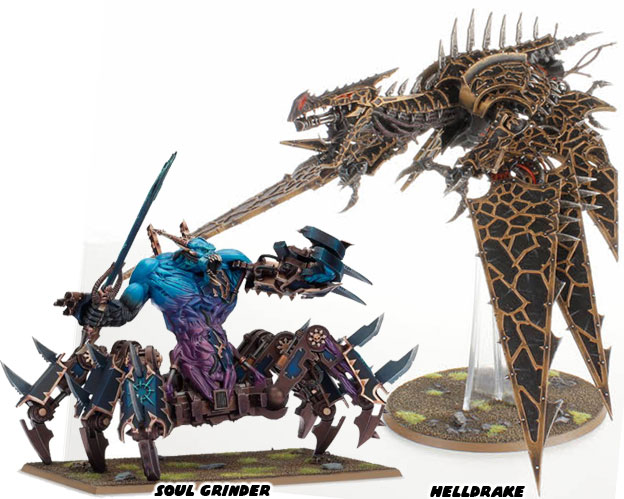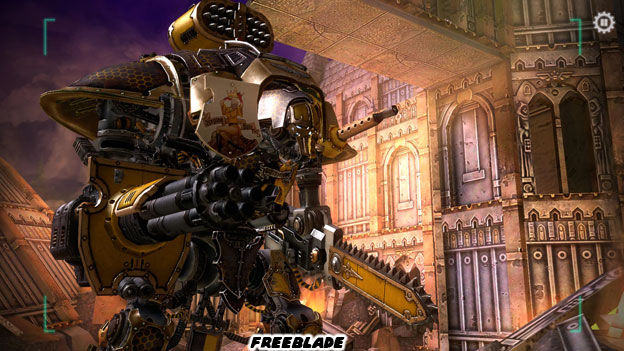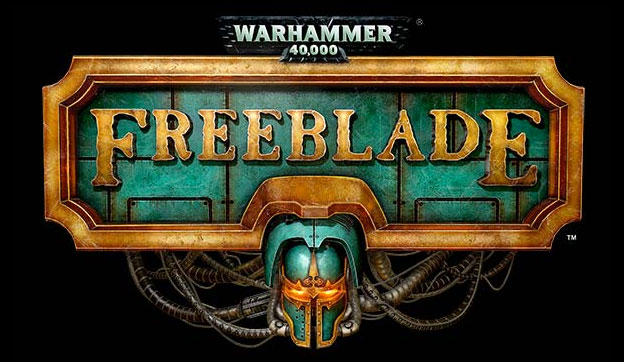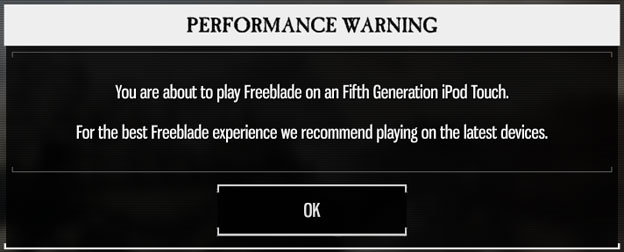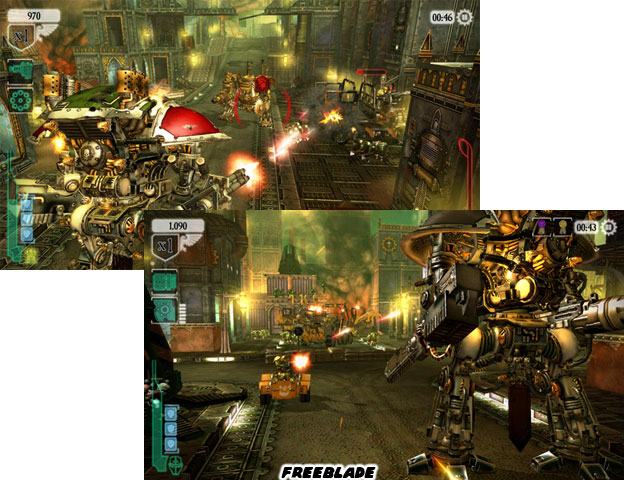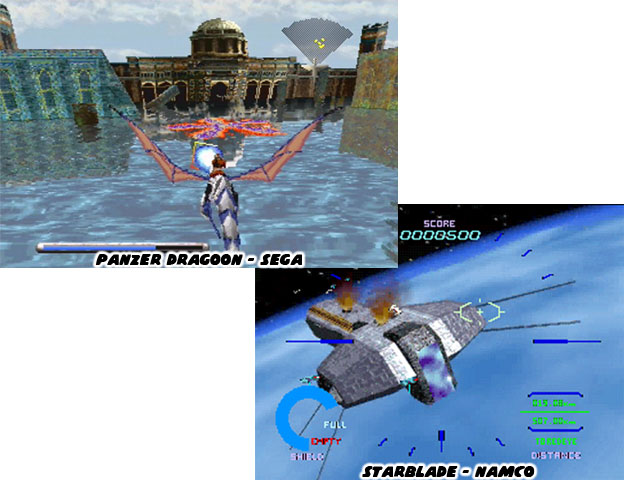Sonic Team had always gone above and beyond when creating new titles. Sonic, Burning Rangers, NiGHTS into dreams, and Billy Hatcher were all fantastic with unique game play elements. Like many AAA developers there were volumes of unused assets that remained on the cutting room floor as the games were each finalized. In some cases the remains of a beta stage, character, or even music could be found in the game data itself, waiting to be discovered by the community. The Sonic games had several examples of beta material being left on the Genesis cartridges. Similar things were expected for the Saturn disks, the only problem was getting to that data was hard. It took decades for home-brew programmers to get to the info, and compile it into a workable format.
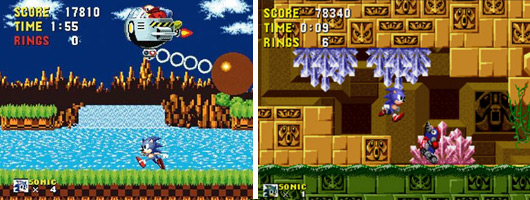
In the previous blog I mentioned that Mecha NiGHTS had been uncovered during a data mine. Even more shocking was the possibility that
there was a cut boss named Selph planned for the game. While combing through the data files people found all sorts of models, animations, and unused game assets, but nothing about another boss. In the logs they discovered the file names, and unused icons for the bosses. Gillwing, Clawz, Gulpo, Puffy, Jackie, Reala, and the final boss named Wizeman. For a while the only mention of an eight boss was text only. Self, sometimes spelled Selph would have appeared before the final boss. Yet there had never been any sort of concept art, or model that could be found. Until one day a single icon was isolated.

The community was split over what we were looking at. Even when
there was an update to Selph following the datamine To me, and many others it was a pointy headed alien-like creature with dark eyes. Others saw a giant claw, or pincer. I began wondering how the character would have looked, and more important how this character would have fit into the game. Up until that point NiGHTS had faced many of the boss battles in head-on fights. Some bosses, like Clawz, and Gulpo required more strategy. Two other bosses, Jackie, and Reala also wore a hat similar to NiGHTS, and they could fly. If Selph were to appear just before the final boss, or even as a hidden boss, then it must have been a special encounter.
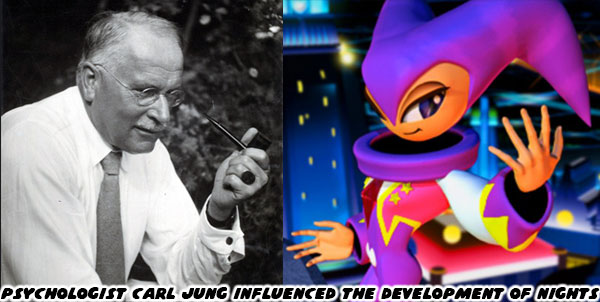
The name Selph was very significant for Sonic Team. In order to build the game the studio had to become well versed in the psychology behind dreams, and their meanings. One of the most influential psychologists that they often cited in interviews was Carl Jung. His
theory of analytical psychology was very profound. He developed the idea of ways people present themselves, or mask their intents. The idea of a collective conscious, and unconscious
as well as the concept of Self. Naoto Ohshima, Yuji Naka, and the Sonic Team crew became adapt at interpreting the dreams of their coworkers. They were so good at being amateur psychologists that many in the company shared a lot of personal information. Years later they realized that that they knew much more about their Sega counterparts than they should have. Talk about an HR nightmare! But I digress... I was inspired to create how I think Selph would have appeared in the game.
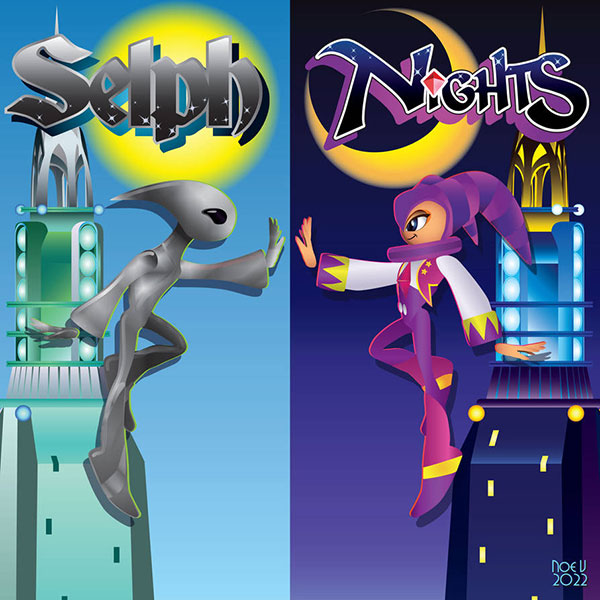
The original release of the game was not necessarily understood by audiences when it came out. It became something special to those that figured out what Sonic Team accomplished. It was all the more important because the game conveyed a message without one word of dialogue, or anything to translate. NiGHTS into dreams… was more than a story of boy meets girl. It dealt
with anxiety, especially anxiety in kids in a way that no other game or media had ever attempted. The question that many in the community had was how would a battle agains the “Self” have played out?

I would argue that the boss battle would have worked out to more of a chase sequence. There wouldn’t have been actual punching, kicking, or tackling involved. As this was something that NiGHTS already did with every other boss battle. Instead I think the battle would have been a series of encounters. A way for the main characters to chase after their true selves. I believe that Elliot, and Claris, the human stars of the game would have each turned into their own version of NiGHTS at the end of the sequence. Then they would then have had the power to confront the big boss Wizeman in the dream world without having to rely entirely on NiGHTS.

I think this scenario made sense for a number of reasons. In the final shared stage of the game both Elliot, and Claris had to work together to free NiGHTS from a prison. After doing so they would merge, or “Dualize” with the main character. This would give each of them the powers of NiGHTS, and the ability to take down the gigantic villain themselves. In essence they needed the courage to face their own fears. I believe that Selph was going to be a distinct boy, and girl version of NiGHTS, with their own identifying colors that matched Claris, and Elliot. It made a lot more sense to me than seeing two versions of the dream jester at the end of the game.
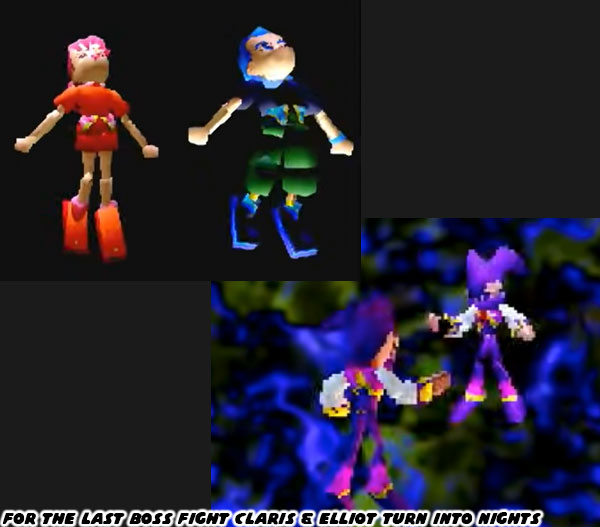
This was the way I interpreted Self based on the game icon, but also because I had played through every Sonic Team game ever made. I understood the way the studio framed the levels, and approached their battles. Not only that but I had studied Carl Jung in my anthropology classes, it gave me an additional insight into dream personas. So what happened with Selph? Why was the boss cut? Sonic Team had a tight deadline. They needed to have a killer app ready for the launch of the 32-bit Sega Saturn console in 1995. Sadly the game wouldn’t be ready until a year after the console’s launch. Pressed for time they began seeing what they could cut. This boss, a new battle, a new 3D model were put on the chopping block. The only thing they forgot to scrub from the game data was the name, and icon.
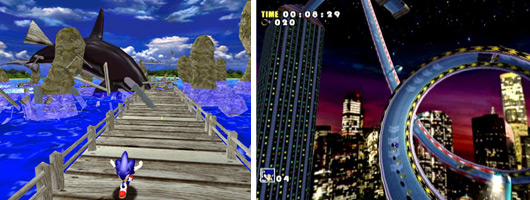
Sega was working on the Dreamcast console, while the Saturn was still finding its legs. To many, myself included, this was the death knell for the console division, and the company as a whole. At the same time this would be a chance for Sonic Team to return to the blue blur, and bring the hedgehog into fully realized 3D. NiGHTS came out in 1996, and Sonic Adventure in 1998. Ask any AAA studio what an absurdly short turnaround time that was, especially for completely new hardware. The studio acknowledged that the Nightopians were the prototype A-Life characters that inspired the development of the Chao in Sonic Adventure. I don’t think that was the only thing the team brought over from their previous work. Selph was a great concept that deserved a second look. Sonic Team. Sonic would fight Eggman in his new adventure, but he needed a bigger opponent as whell. Perhaps a shape shifting creature that started off small, but became progressively bigger, and more dangerous as the game went on. I would argue that the studio took another look at Selph, and with a few changes turned the design into Chaos.
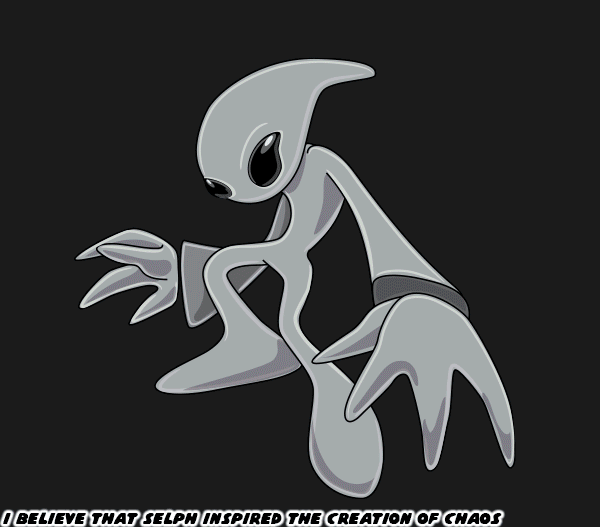
This was all conjecture on my part, based on a single file name, and a single game icon. I’m sticking with it though until I hear otherwise from Sonic Team members. There was more art that I had done recently based on NiGHTS, but it was not quite what you might imagine. I’ll share more of it on the next blog. Until then I want to hear about the unused content, stages, bosses, or heroes that you wish you would have gotten to see. Tell me about it in the comments section. As always if you enjoyed this blog, and would like to sponsor me
please visit my Patreon page and consider donating each month, even as little as $1 would help make better blogs and even podcasts!

![]()







